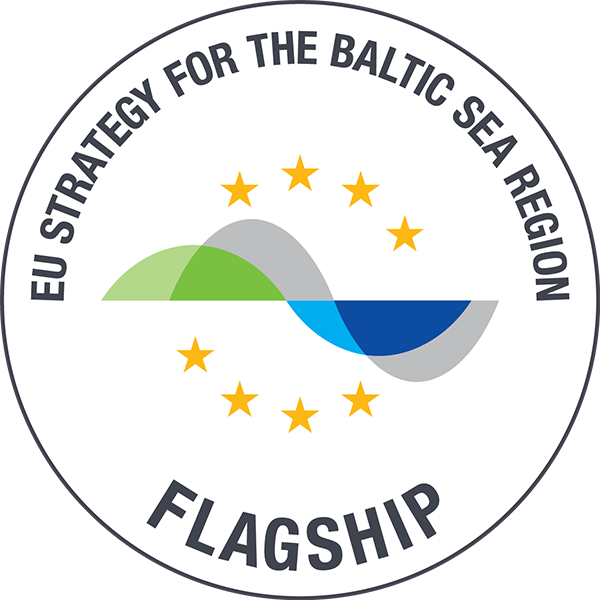Experts in marine biology and maritime spatial planning came together in Riga from 12 to 13 December in a workshop addressing essential fish habitats in the Baltic Sea, with the goal to map the most significant areas.
“We want to see where the important fish habitats are in the Baltic Sea,” said Lena Bergström from HELCOM who co-organized the workshop together with Latvia (responsible for the Green infrastructure activity in Pan Baltic Scope), adding that the maps will be a useful tool for better informed maritime spatial planning (MSP).
During the workshop, participants validated the proposed essential fish habitats maps and provided recommendations for their further use in HELCOM. The maps will eventually be made available to maritime spatial planners as well as other users on HELCOM’s map and data service.
Essential fish habitats are – as their name suggests – essential for the healthy development of fish during their entire life cycle, from spawning, nursery and feeding to maturity. These habitats play an important role in the entire food web chain and marine ecosystem.
Since most fish species use different habitat types for different periods of their life cycle, the workshop notably focussed on describing different categories such as spawning areas, nursery areas for larvae and juveniles, adult feeding areas, and migratory corridors.
The information presented during the workshop will be further used in Pan Baltic Scope, to develop a concept of green infrastructure for supporting maritime spatial planning in the HELCOM region.
A novelty in MSP, green infrastructure seeks to promote an ecosystem-based approach in maritime spatial plans that also integrates the ecosystem services rendered by the marine environment – the free benefits we humans gain from a sea in a healthy state.
The workshop was co-organised by HELCOM and Pan Baltic Scope, and hosted by the Latvian Ministry of Environmental Protection and Regional Development.




